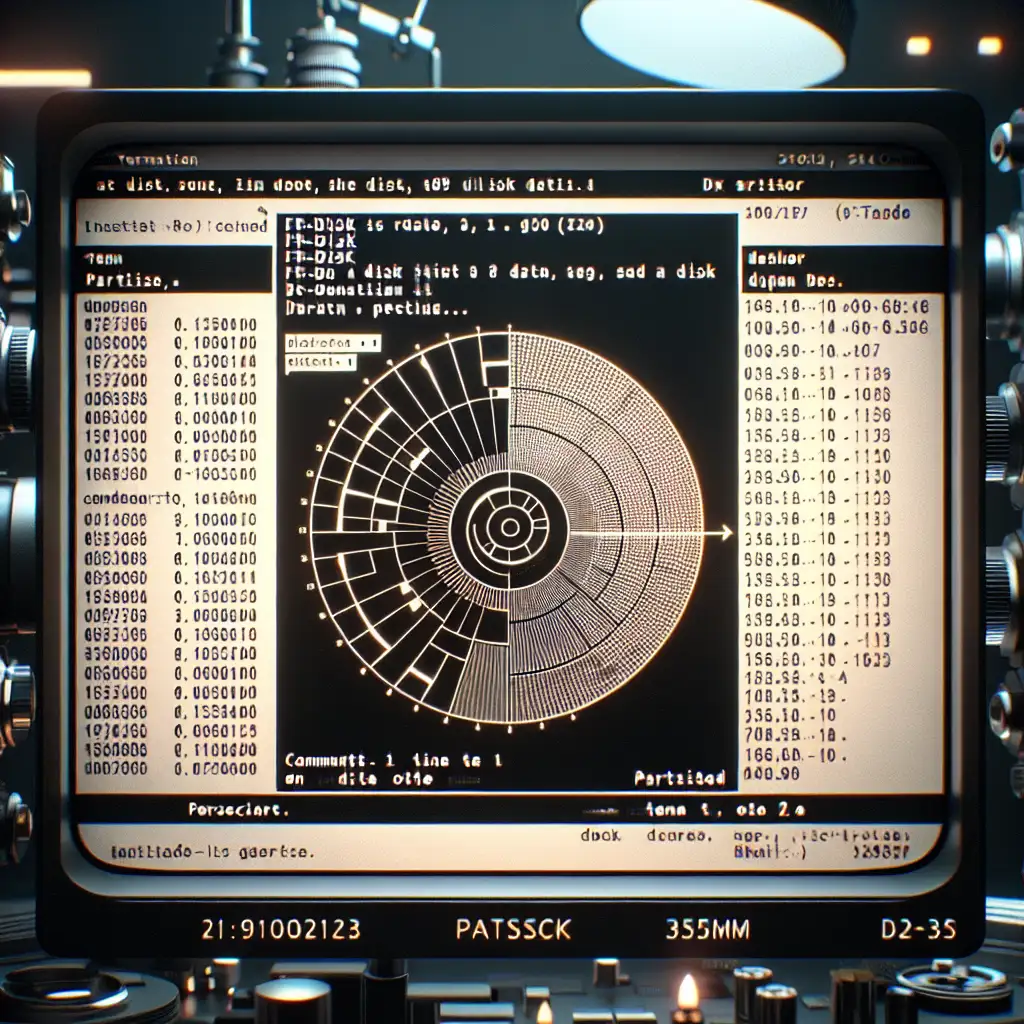Mastering Linux Disk Formatting: Step-by-Step for Reliable System Setups
Forget generic formatting guides—this post demystifies Linux formatting with a clear, no-nonsense approach based on real-world best practices, empowering you to manage disks like a pro rather than a script follower. Correctly formatting your Linux partitions is foundational to system stability, security, and performance. Whether you’re setting up a new server or cleaning up an old laptop, knowing exactly how to format disks helps avoid costly errors and tailor your environment precisely.
Why Formatting Linux Partitions Matters
Formatting is more than wiping data—it defines how your system stores files, manages space, and secures data. A wrong filesystem choice or careless formatting can lead to degraded performance or even data loss. Understanding the steps gives you:
- Customization: Select filesystem types based on use case (e.g., ext4 for general use, XFS for scalability).
- Stability: Prevent filesystem corruption with proper initialization.
- Security: Configure partitions with encryption or specific mount options.
- Efficiency: Optimize storage layout for your workload.
Step 1: Identify the Disk and Existing Partitions
Before touching any format command, know what device you’ll work on.
lsblk
This command lists all block devices (disks and partitions).
Example output:
NAME MAJ:MIN RM SIZE RO TYPE MOUNTPOINT
sda 8:0 0 500G 0 disk
├─sda1 8:1 0 50G 0 part /boot
├─sda2 8:2 0 10G 0 part [SWAP]
└─sda3 8:3 0 440G 0 part /
Here /dev/sda is the entire disk with three partitions mounted at boot, swap, and root.
If your goal is to format a particular partition or create new ones, having a clear view helps avoid accidental overwrites.
Step 2: Unmount the Partition (if mounted)
You cannot format a partition that’s mounted.
Check mounts:
mount | grep sda
If the partition is mounted (say /dev/sda3), unmount it:
sudo umount /dev/sda3
If it’s in use (e.g., / partition), boot from a live USB or rescue environment.
Step 3: Create or Modify Partitions (Optional)
Use fdisk or parted to create new partitions before formatting.
Example basic use with fdisk:
sudo fdisk /dev/sda
Inside fdisk, commands include:
p— print current partition tabled— delete partitionn— create new partitionw— write changes and exit
Important: Double-check before writing changes.
For GPT disk labels, consider using gdisk.
Step 4: Choose the Filesystem Type
Choose depending on usage:
| Filesystem | Use Case | Notes |
|---|---|---|
| ext4 | Default general-purpose | Stable, well-supported |
| XFS | Large files/databases | High-performance and scalability |
| Btrfs | Snapshotting/advanced features | Still maturing; consider carefully |
| FAT32/exFAT | Interoperability with Windows | Limited permissions |
Step 5: Format the Partition
Use the appropriate formatting tool:
Format as ext4
sudo mkfs.ext4 /dev/sda3
Format as XFS
sudo mkfs.xfs /dev/sda3
Format as FAT32 (for smaller partitions <32GB)
sudo mkfs.vfat -F32 /dev/sda1
Format as exFAT
First install tools if missing (Debian/Ubuntu):
sudo apt install exfat-utils exfat-fuse
sudo mkfs.exfat /dev/sda1
Step 6: Label Your Partition for Easy Identification
Add a label which helps with mounting later using UUID or label names.
Example for ext4:
sudo e2label /dev/sda3 DataPartition
For XFS:
sudo xfs_admin -L DataPartition /dev/sda3
Step 7: Mount the Partition & Verify
Create a mount point:
sudo mkdir /mnt/data
Mount the partition:
sudo mount /dev/sda3 /mnt/data
Verify by checking disk usage and contents:
df -h | grep sda3
ls -l /mnt/data/
Bonus Tips for Reliable Formatting
- Backup Critical Data: Formatting erases everything.
- Use UUIDs in /etc/fstab: Avoid relying on device names that might change after reboot.
Example fstab entry using UUID:
UUID=123e4567-e89b-12d3-a456-426614174000 /mnt/data ext4 defaults,noatime 0 2
Find UUID with:
blkid /dev/sda3
- Check Filesystem After Formatting: Use
fsckif unsure about filesystem health.
E.g.:
sudo fsck.ext4 /dev/sda3
Conclusion
Mastering Linux disk formatting moves you beyond rote copy-paste commands toward deliberate control over your system environment. By understanding each step—identifying disks safely, choosing appropriate filesystems, properly formatting and labeling partitions—you ensure robust, secure setups tailored to workload demands.
Whether prepping a workstation, setting up servers, or managing embedded devices, confident disk management saves headaches down the line. Next time you format a Linux disk, skip generic guides—follow these expert steps for trusted results.
If you want me to cover partition resizing or encryption setup next, just ask!
